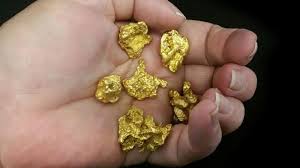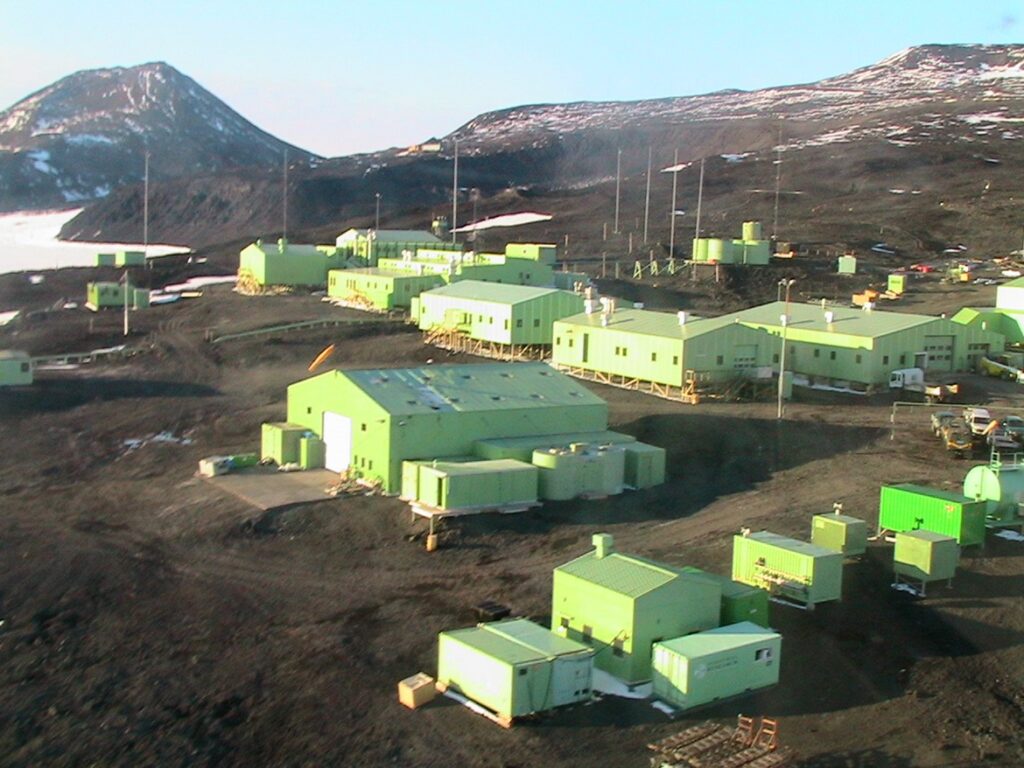Volcano spews $6,000 in gold every day
It sounds like a dream, but it’s true in Antarctica, gold rains from the sky. Tucked in among the glaciers, fiery Mount Erebus is the southernmost active volcano on Earth, providing a bit of heat amid the frozen landscape. The frozen continent features 138 volcanoes, according to a 2017 study, with around nine of them reported as active. Mount Erebus is the most well-known with a summit elevation of 12,448 feet, Erebus is one of three volcanoes that form Ross Island, and it’s said that it was erupting when it was discovered in 1841 during the voyage of Captain James Clark Ross, who carried out important magnetic surveys in the Arctic and Antarctic and discovered the Ross Sea and the Victoria Land region of Antarctica. ‘HMS Erebus’ was the name of one of his ships.
Satellite images of the volcano reveal a lava lake that’s been bubbling since at least 1972, according to IFL Science. Scientists still observe the volcano through the Mount Erebus Volcano Observatory and conduct field campaigns to look for extreme life forms and “ambitious prospectors.” The largest Antarctic settlement-McMurdo Station, operated by the United States-is located about 25 south of Mount Erebus and is within sight of the volcano. New Zealand has its own Scott base not far from the gold fountain. The volcano regularly pumps out plumes of gas and steam and has been known to eject boulders of partially molten rock known as “volcanic bombs.” While volcanic bombs are exciting, it’s the bursts of gas spraying tiny crystals of metallic gold that surprise scientists, who estimate the volcano spews around 80 grams of gold a day — that’s worth around $6,000.
The gold has been found hundreds of miles away from Mount Erebus. Antarctic researchers have detected traces of the gold dust in ambient air up to 621 miles away from the volcano. Despite being rare, gold can be found in many places worldwide. Gold can also be found in smaller quantities in places like Canada, Russia, Brazil, and the United States. Gold deposits may be found in various settings, including veins, lodes, and placers. Most of the world’s gold is found in veins, created when heated lava containing gold and other minerals flow through crevices and fractures in the Earth’s crust. Gold and different minerals are deposited when the fluids cool, creating a vein. Some gold may be found in rock ores, flakes as the pure native element, and silver in the natural alloy electrum. Erosion frees the gold from other minerals.
All that glitters
Did you hear the one about the non-binary gold prospector,
They dug a fortune out of “them/their” hills.
Why does Mexico never win gold in the Olympics?
Because the best runners, jumpers, and swimmers are already in America.
What’s the difference between an iPhone 15 and one ounce of gold?
An ounce of gold will still be worth two grand next year.
When receiving payment in gold coins, pirates used to verify their purity by biting into them.
In other word, criminals only accepting payment in bit coins goes long way back.
April 30th Birthdays
1986 – Dianna Argon, 1986 – Gal Gadot, 1982 – Kirsten Dunst
1959 – Steven Harper, 1961 – Isaiah Thomas, 1933 – Willie Nelson, 1976 – Johnny Galecki




